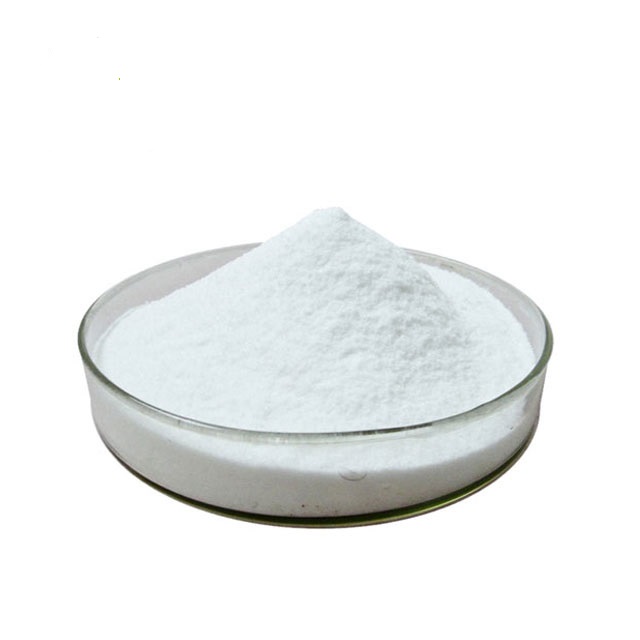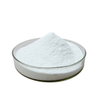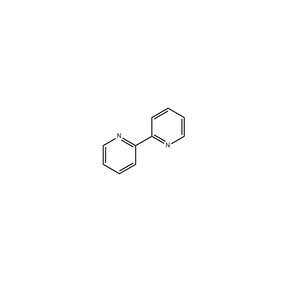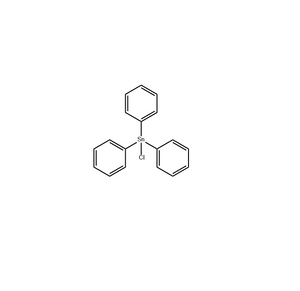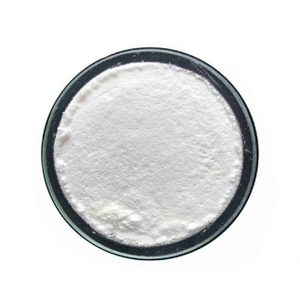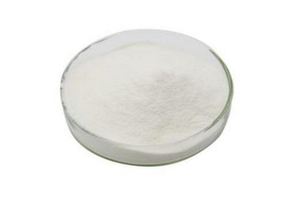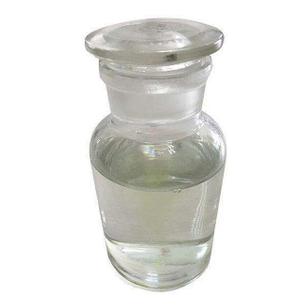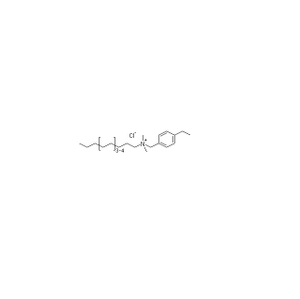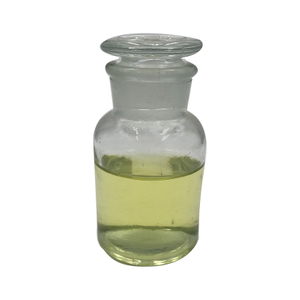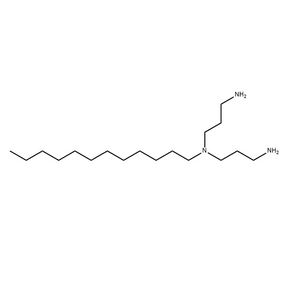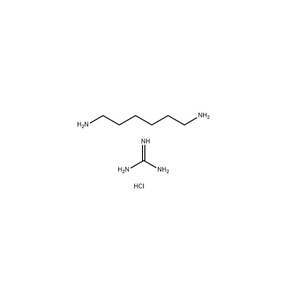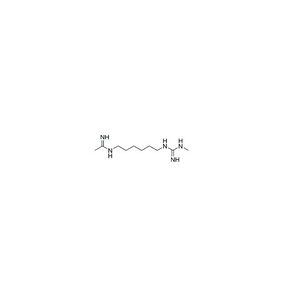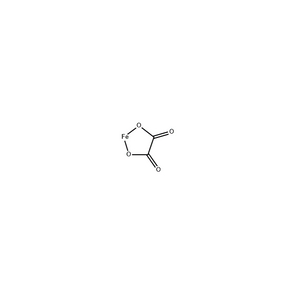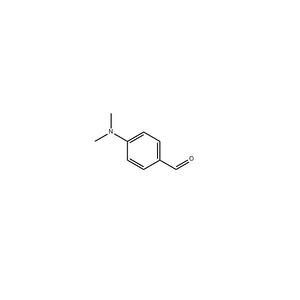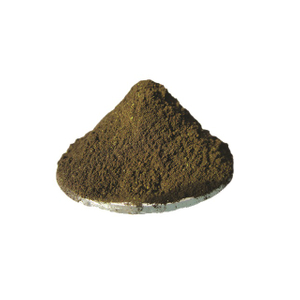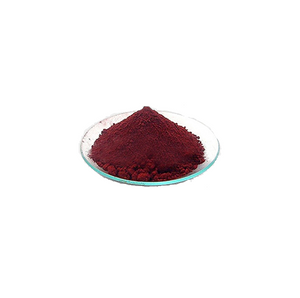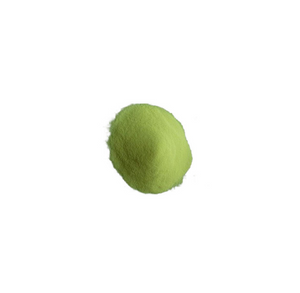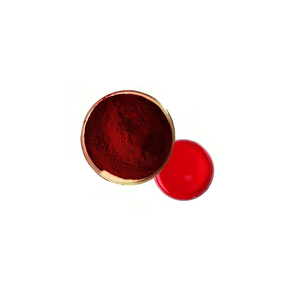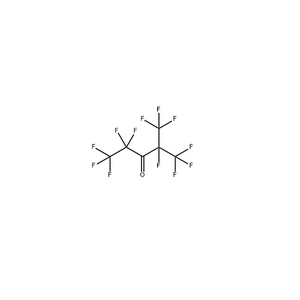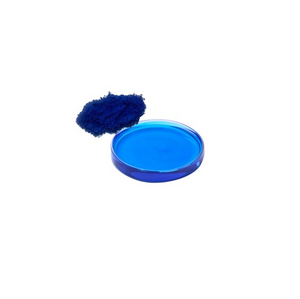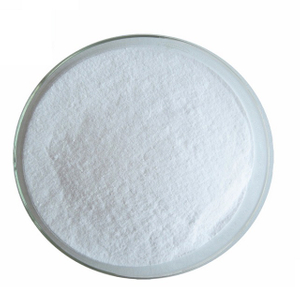Payment & Shipping Terms | Supply Capacity |
Payment Terms: | T/T, WU | Production Capacity: | 5000T/year |
Min. Order: | 25KG | Packing: | according to the customer's requirements |
Means of Transport: | Ocean, Air, Land | Delivery Date: | 7 days |
Fumaric Acid
CAS: 110-17-8
Item | Index |
Appearance | White odorless powder or crystalline solid particles |
Purity (base on C4H4O4) % | 99.50~100.50 (dry basis) |
Heavy metal (base on Pb) PPM | ≤ 10 |
Arsenic (base on As) PPM | ≤ 3 |
Water content % | ≤ 0.5 |
Melting range oC | 286~302 |
Residue on ignition % | ≤ 0.1 |
Chroma (in 5% ethanol) # | ≤ 15 |
Maleic acid % | ≤ 0.1 |
Fumaric acid or trans-butenedioic acid is the chemical compound with the formula HO2CCH=CHCO2H. This white crystalline compound is one of twoisomeric unsaturated dicarboxylic acids, the other being maleic acid. In fumaric acid the carboxylic acid groups are trans (E) and in maleic acid they are cis (Z). Fumaric acid has a fruit-like taste. The salts and esters are known as fumarates. Dimethyl fumarate significantly reduces disability progression in multiple sclerosis.
Chemistry
Fumaric acid was first prepared from succinic acid. A traditional synthesis involves oxidation of furfural (from the processing of maize) usingchlorate in the presence of a vanadium-based catalyst. Currently, industrial synthesis of fumaric acid is mostly based on catalytic isomerisationof maleic acid in aqueous solutions at low pH. Maleic acid is accessible in large volumes as a hydrolysis product of maleic anhydride, produced by catalytic oxidation of benzene or butane.
The chemical properties of fumaric acid can be anticipated from its component functional groups. This weak acid forms a diester, it undergoes additions across the double bond, and it is an excellent dienophile.



